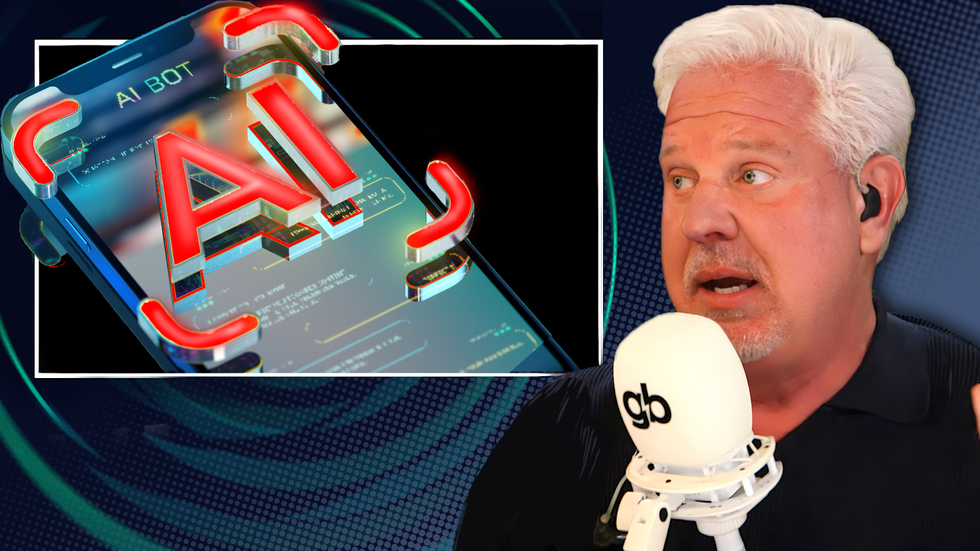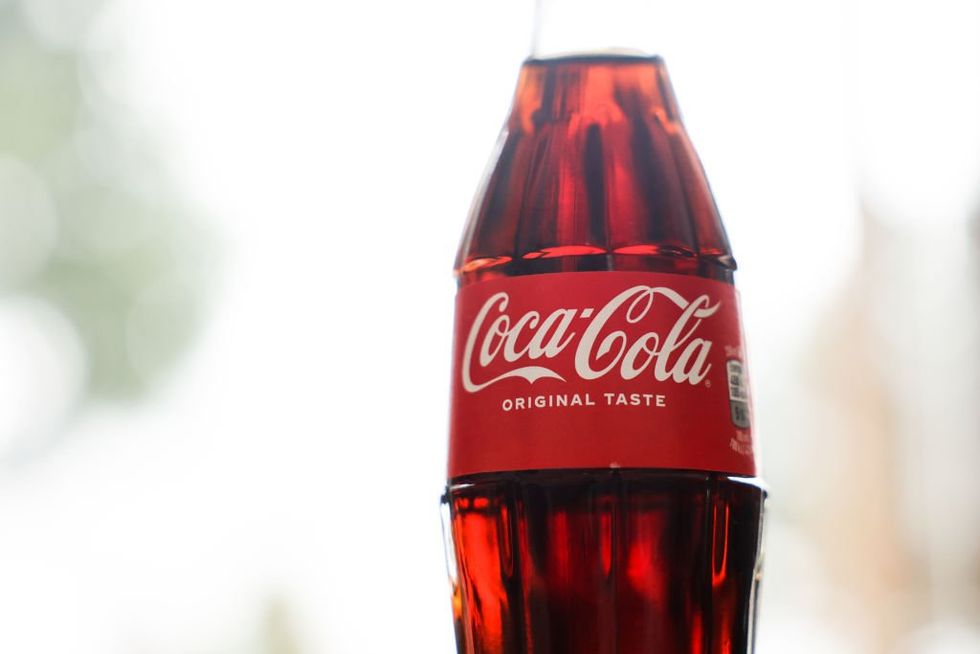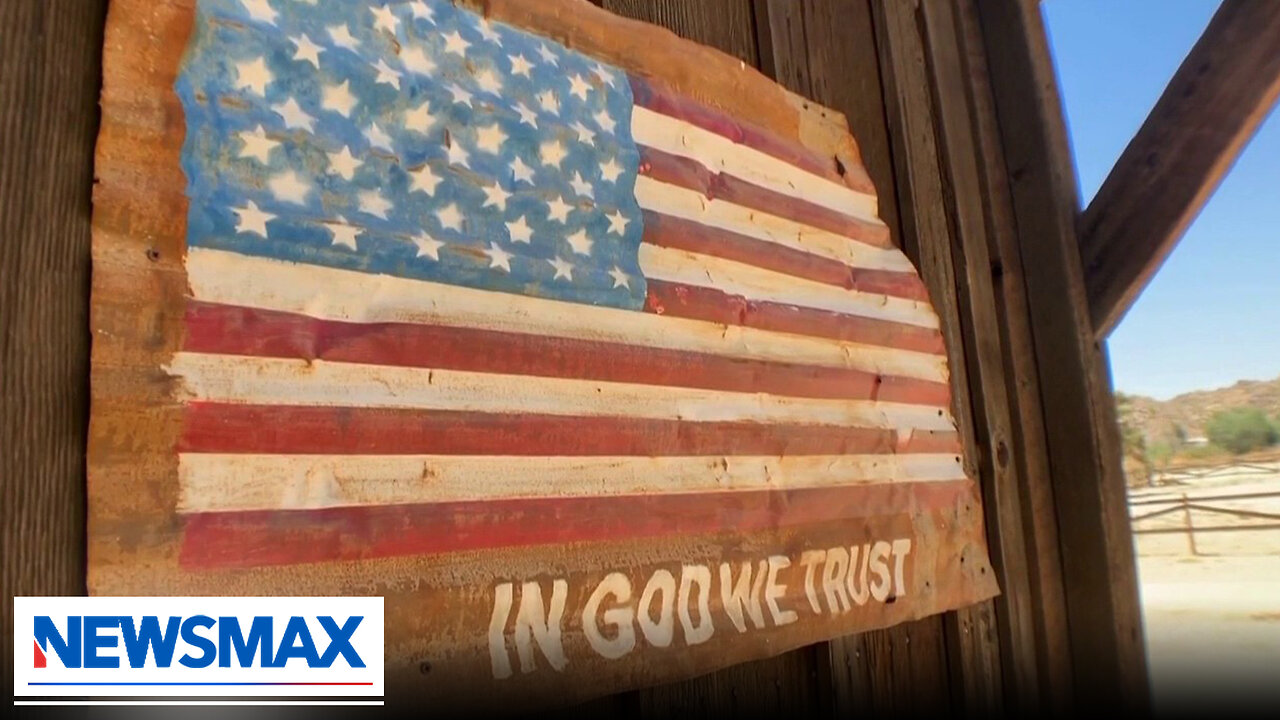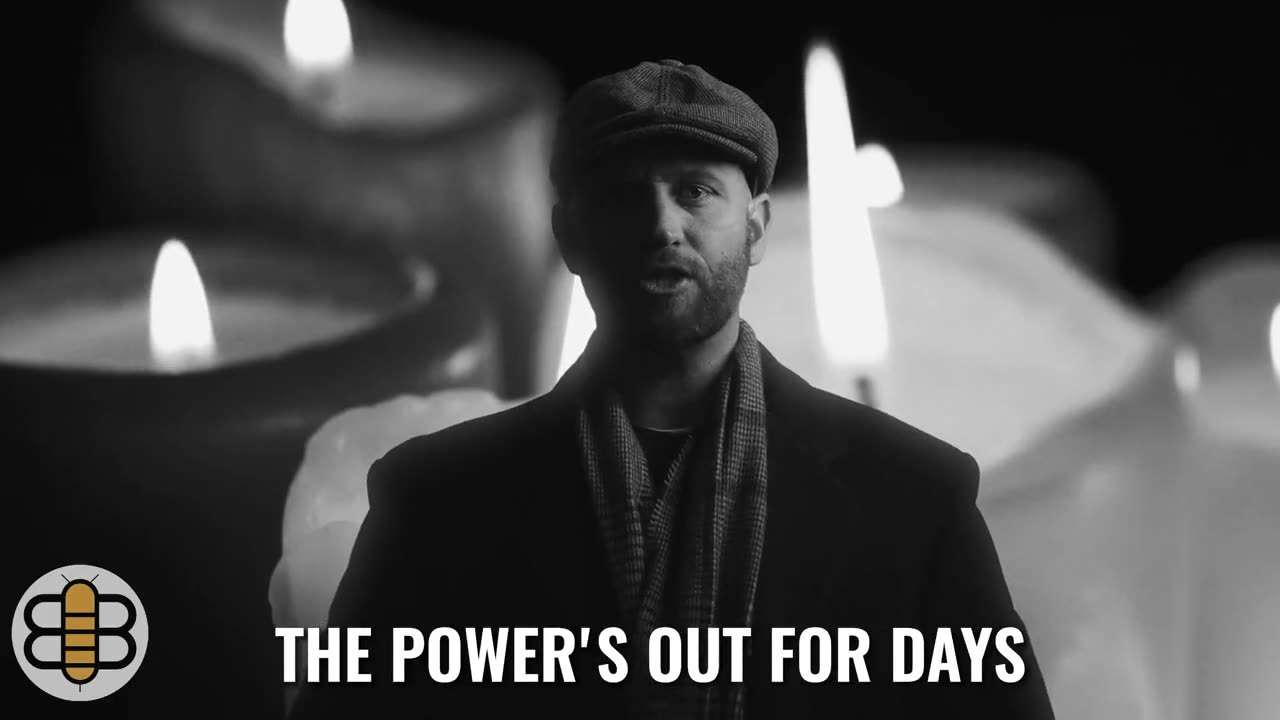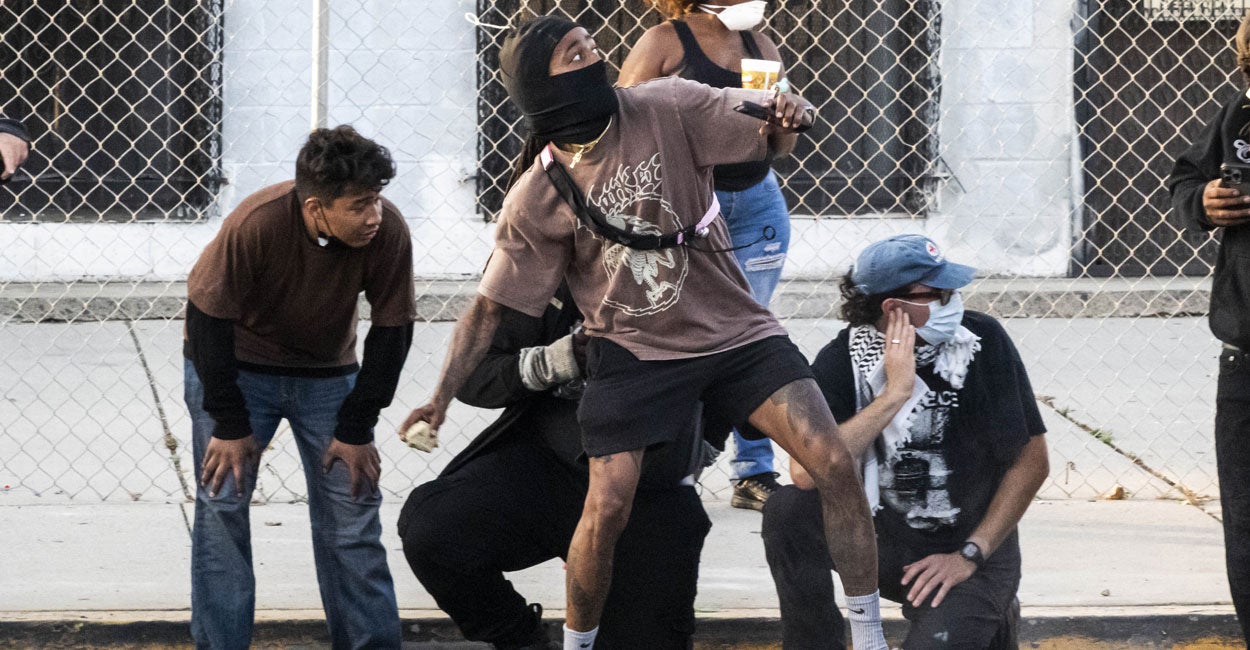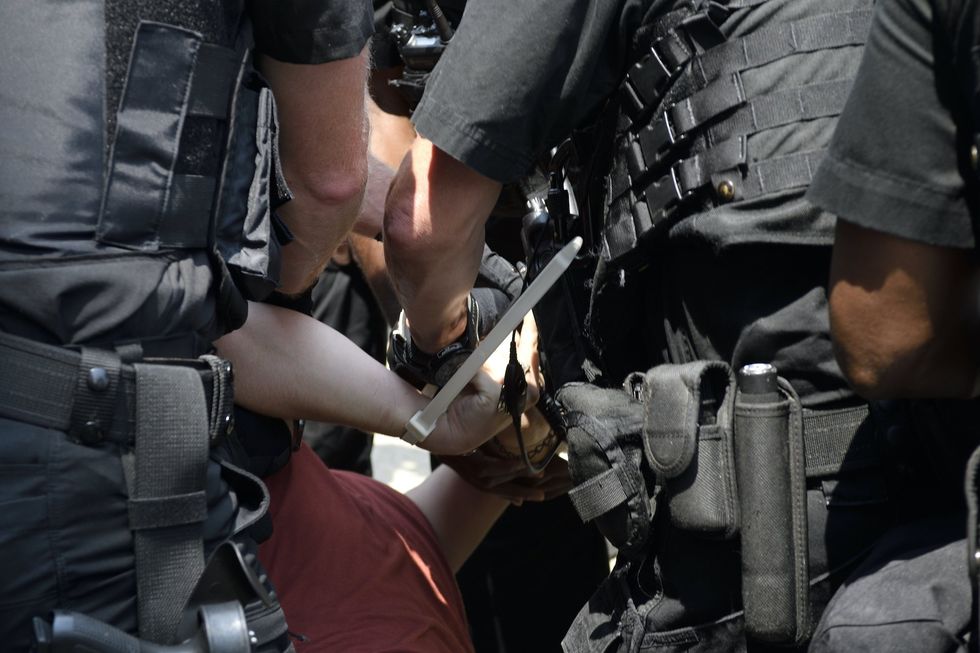What I learned at Bridgestone Winter Driving School
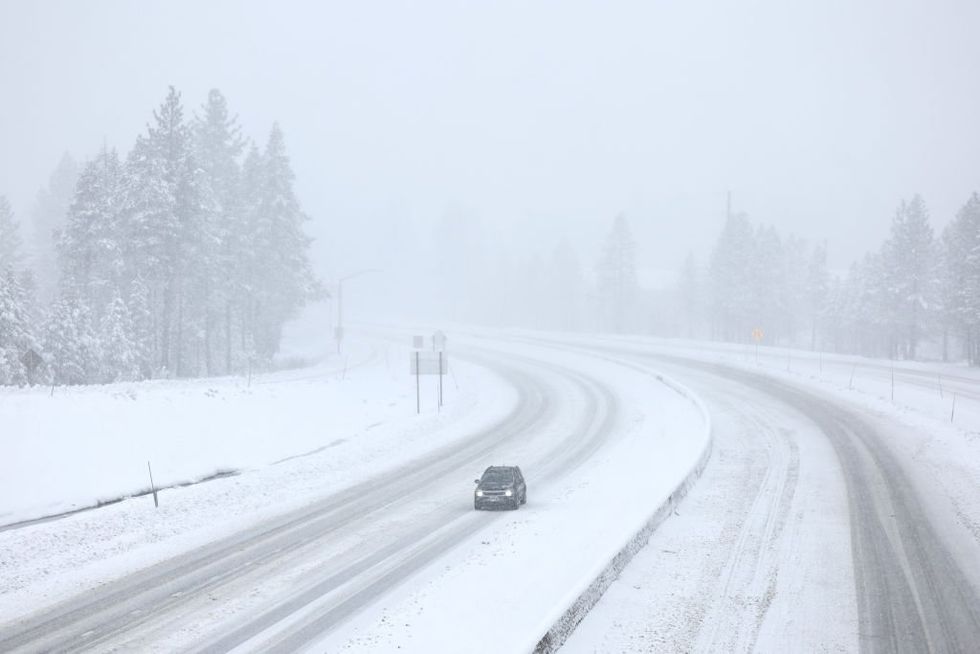

Think your tires are enough to tackle harsh winter road conditions?
Think again.
Every year, thousands of drivers lose control on icy roads due to a simple mistake: relying on tires that are NOT made for these conditions.
I recently attended the Bridgestone Winter Driving School in Steamboat Springs, Colorado, to try out different winter tires in the ice and snow — and to experience the REAL difference between control and disaster.
First, let's take a look at the different types of tires:
Winter
A tire with a 3PMSF (Three Peak Mountain Snowflake) symbol is a true winter tire; it's been tested for best performance in the worst winter conditions.
On the other hand, an M+S (Mud and Snow) symbol indicates some level of traction but is often found on all-season tires as well.
Another indicator you may want to look at is the speed rating. Lower speed ratings such as Q, R, and S are usually better for snow.
Summer
Summer tires are designed for heat resistance, maximum traction, and performance driving.
All-season
All-season tires provide mild winter driving ability, long wear, and ride. They don't offer particularly excellent performance for any one climate but are good for most.
Founded in 1983, the Bridgestone Winter Driving School offers drivers ranging from teens and seniors to pro racers, truckers, and fleet drivers a hands-on education in proper car control when roads are covered in snow and ice.
We tested the newest Bridgestone winter tires, the new Blizzak 6 — they impressed me enough with their short stopping distance and excellent traction that I bought a set for my SUV. They've been handling the Buffalo winters with aplomb.
I came away thinking the school (or some equivalent) should be a requirement for all drivers — even those in warmer climes. Everything at the school is based on grip and traction — which can be lost with excessive braking, acceleration, and steering even on dry pavement.
And for those drivers who do regularly deal with snow, mastering the art of winter driving could mean the difference between life and death.
For more information on the Bridgestone Winter Driving School, see here.
And get a closer look at what I learned at the school below:
Originally Published at Daily Wire, Daily Signal, or The Blaze
What's Your Reaction?
 Like
0
Like
0
 Dislike
0
Dislike
0
 Love
0
Love
0
 Funny
0
Funny
0
 Angry
0
Angry
0
 Sad
0
Sad
0
 Wow
0
Wow
0

